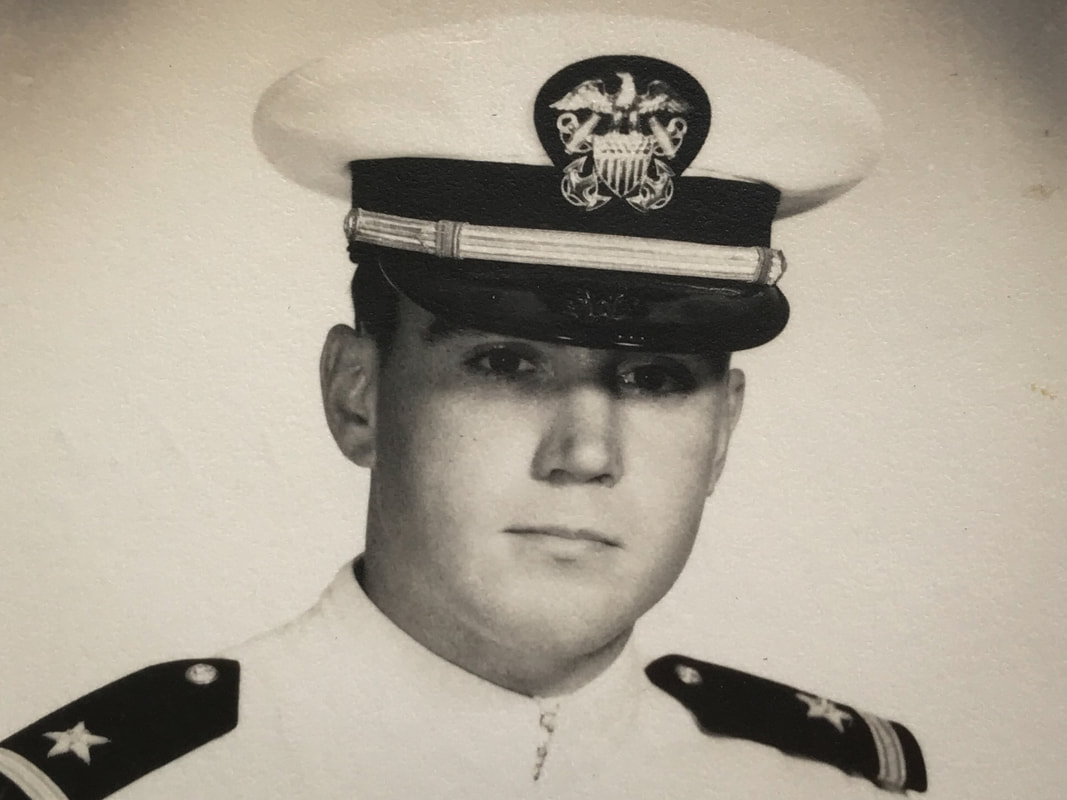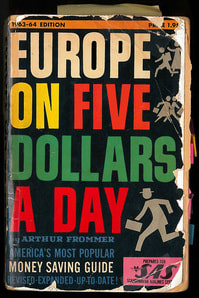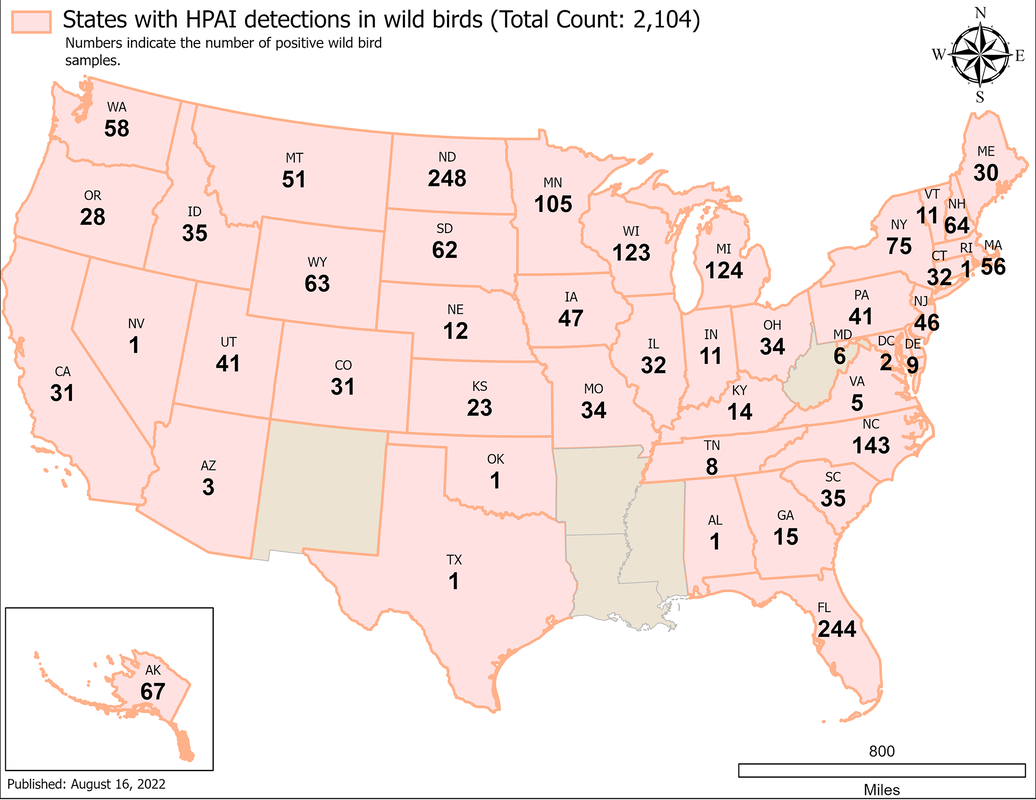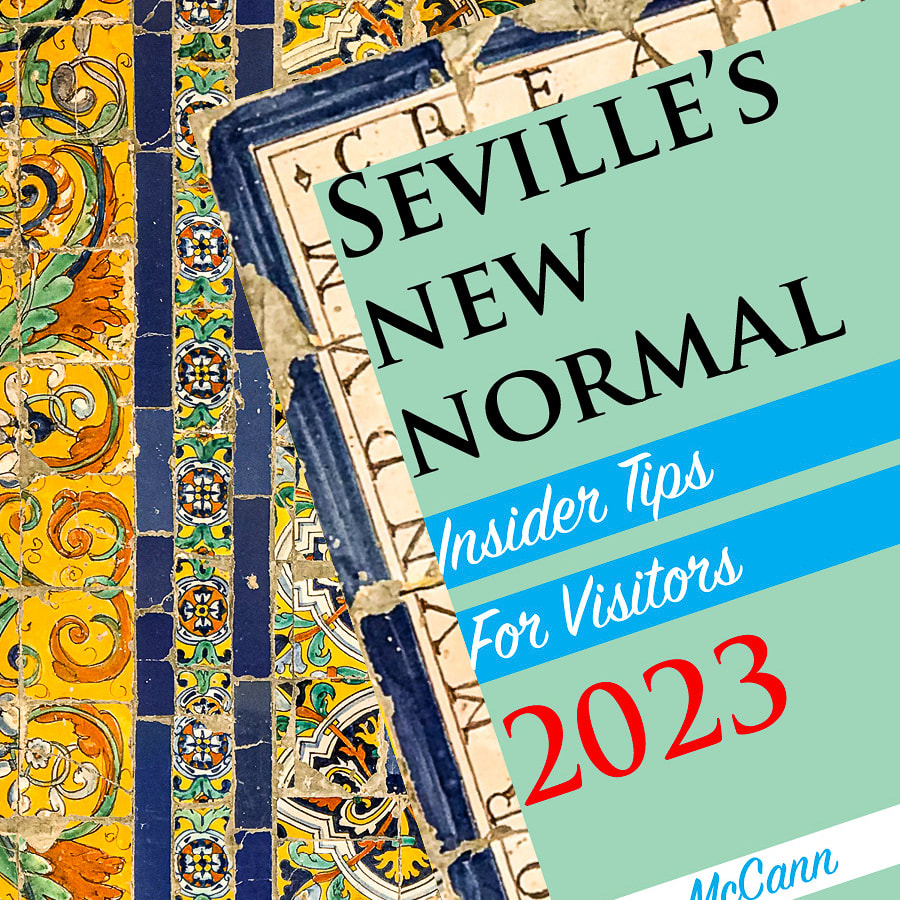|
"To travel is to take a journey into yourself." — Danny Kaye One of the great things about travel is the way it lets us reinvent ourselves. The “me” who is sipping espresso in a strange city isn’t exactly the same me that days earlier was racing around the supermarket, cursing under my breath because I couldn’t find the coffee filters. Nor is it the same me that stumbled zombie-like off my last long plane ride, or the me that in July was stretched out on a sandy beach, too lazy and contented even to read the book I’d brought. Travel constantly invites us to be new and different. Our destinations shape us in unexpected ways. Which is why I was so delighted when I was kidnapped and taken to Treasure Island this week. OK, maybe kidnapped is too strong a word. Some friends had planned a surprise expedition to an undisclosed location, and when Rich and I climbed into the backseat of their car, they gave us eye masks to blindfold ourselves in order to draw out the suspense. Actual hoods, like the ones in TV crime thrillers, might (they felt) attract unwanted attention from random passing officers of the law. I put on the eye mask feeling that little thrill of excitement that always comes with heading off to a mysterious destination. Eventually our friends instructed us to remove the blindfolds and I discovered where we were headed. Treasure Island is one of San Francisco’s least visited and most oddball neighborhoods, an artificial land mass created to transform some dangerously rocky shoals into “Magic City” just in time for the 1938 World’s Fair. All it took was the Army Corps of Engineers, hundreds of thousands of tons of boulders, and 2.5 million dump-trucks-worth of bay mud and sand. The new 400-acre island was bursting with style and glamour. Everyone from Judy Garland to W.C. Handy, the father of the blues, performed there. Most of the entertainment was suitable for the whole family, but there were a few burlesque shows, the most notorious of which was Sally Rand’s Nude Ranch with its scantily clad (but far from actually nude) cowgirls. The sexiest seaplane ever — the China Clipper — had its own hangar on the shore and regularly flew (gasp!) to Asia. According to local legend, someone claimed gold had been found in the island’s mud, and the name Treasure Island was born and stuck. And then, just as the party was really getting started, WWII broke out, and Treasure Island was turned over to the Navy for the rest of the century. When I first met Rich, he was still in the Naval Reserve and spent his weekends serving there. For him, traveling to Treasure Island was a journey back in time to his youth. Despite having grown up in the Bay Area, I’d never set foot on Treasure Island until that day, and I had the novel experience of feeling like a tourist in my own city. I was impressed with the hustle and bustle, and hoped the island wasn’t on a collision course with climate destiny. Right now, Treasure Island is knee-deep in a multibillion-dollar renovation project. Recreational space: 210 acres. Hotel rooms: 500. Retail: 550,000 square feet. New homes: 8000, with 27% of them reserved for low-income and homeless households. Everyone’s excited about the potential. All the developers have to do is solve a few pesky little problems — like what to do about the rising water in the bay. Stop me if you’ve heard this, but apparently climate change is melting the ice caps and causing seas to rise all over the planet. I know, bad news for everybody, and especially people in coastal California. “It’s unlike any disaster we have ever seen,” warn scientists, who have this crazy idea we ought to try to curb carbon emissions so it doesn’t keep getting worse. Last I heard, the bay's water levels are projected to rise a foot by 2030, three feet by mid-century, and seven feet by 2100. Yikes! Good thing I took swimming lessons as a kid! Not surprisingly, Treasure Island has been identified as one of the most vulnerable locations in the state. “Engineers built the island atop a bottom layer of mud,” explains science writer Kevin Stark. “The weight of earth and buildings on this gooey muck compresses it like a sponge and over time causes the island to sink. Treasure Island is descending at about the same rate as the sea is rising.” So islanders can look forward to twice as much flooding in half the time. Of course, this being let’s-try-something-new California, engineers are embracing all sorts of innovative solutions. Giant straws knows as “wick drains” are sucking water out of the mud. Towering cranes are hammering the ground to compact it. Enormous mounds of earth are weighting down the island. House are being moved back from the shore. And everyone is sending up prayers to whatever Higher Being they believe in. If the effort’s successful, it could become a model for other coastal cities preparing for higher and higher tides. “We are well-positioned to adapt to even some of the worst-case scenarios,” insists Bob Beck, director of the Treasure Island Development Authority. Which sounds worryingly close to the deckhand on the Titanic who said, “God himself could not sink this ship.” But Beck’s right; the only thing we can place our faith in is our ability to adapt. Nobody knows how high seas will rise or what other natural or man-made disasters may befall us. But if history has taught us anything, it’s that we humans are remarkably gifted at course corrections. And that’s especially true of Treasure Islanders, whose stories are being preserved in an oral history project. MeeSun Boice, for instance, left corporate life to reinvent herself as a restauranteur. She and her business partner, chef Parke Ulrich, opened Mersea (it’s Old English for "island oasis") serving delicious food on the Great Lawn with stunning views of the San Francisco skyline. The buildings are repurposed shipping containers, and many of the tabletops started life as bowling alley lanes in the officer’s club of the Naval base. “We made the tables ourselves,” Ulrich told me. “One day I found an old man wandering around and I asked if I could help. He said he’d heard about our tables and wanted to see them for himself. Many years ago he’d been stationed here and met his wife while she was working at that bowling alley. They’d been married all these years. And then he told me she’d just passed away.” Everyone brings a different part of themselves to a place like Treasure Island; our visits transform each of us in different ways. For some, it’s deeply nostalgic, for others it’s a journey of discovery, for environmentalists it’s an exciting chance to try out innovations, for developers it’s a nail-biting business risk. How will it all turn out? No idea. And that’s what makes it interesting. I’ll keep you posted as the project progresses, even if I have to write my rough drafts in waterproof ink. How have your travels transformed you? Do you feel like you come home a different person? YOU MIGHT ALSO ENJOY WANT TO KNOW WHEN I'M PUBLISHING NEW STUFF? My automatic sign-up form is on the fritz. Yes, still. If you would like to subscribe to my blog and get notices when I publish, just send me an email. I'll take it from there. [email protected] Thanks for understanding. Technology. What can I say?
8 Comments
Are you sitting by a window? Look outside. See any birds? If so, let me ask you this: Do you trust them? Because I’ve just learned some worrying facts about the wild birds in my garden — yes those innocent-looking chickadees, finches, and titmice — and I’m not sure what to do. It all started innocently enough, when Rich took up birdwatching. This summer he put up a second songbird feeder and splurged on upscale feed, making him a hero — a god, almost — to birdkind. Then I saw that a nearby bird and animal rescue center was finally re-opening to the public; I knew Rich would love to visit their courtyard to see what kind of wild birds they were nursing back to health. I expected a serene sanctuary and arrived to find the place in a state of considerable alarm. A notice posted out front warned about Highly Pathogenic Avian Influenza. “What’s going on?” I asked. “Is bird flu back?” “It’s not back exactly,” she said. “But yes, it’s here again.” The distinction was way too subtle for me to grasp. “So where are all the birds?” I asked. “We’ve removed them. A highly contagious strain of avian flu is spreading across the country. It’s everywhere.” "If you have backyard birdfeeders, get rid of them," the staffer continued urgently. "Where birds congregate, the flu spreads. You're going to be seeing birds falling out of the sky. Swans swimming in circles." The woman next to me had just handed over a hummingbird she’d transported to the center in a cardboard box. Another woman ran in from the street calling out, “I’ve got an injured cormorant in the car.” Two staff members appeared in hazmat gear and sprinted across the street to the woman's SUV. Yes, of course we followed them. One of the hazmat-wearing staffers scooped up a blanket-wrapped bundle and dashed off, presumably to the avian emergency room. Yikes! Before I could panic properly, Rich was shaking his head. “No, I’m sorry,” he said. “I’ve got catastrophe fatigue. I just can’t worry about this, too. ” He had a point. Even by California standards, this summer has been overloaded with potential emergencies and disasters. We’ve had horrendous wildfires. “Used to be,” a firefighter said in a Zoom meeting, “a 100,000 acre fire was a career-defining moment. Now we’re getting million-acre fires.” A major earthquake is predicted within the decade. We’re 22 years into the worst drought in 1200 years. But what has us reeling right now is the news that one day, possibly soon, we’re going to be hit with a megastorm of biblical proportions. How biblical? Think of the parting of the Red Sea — not the bit about the Israelites crossing dry-shod to safety, but the part where the walls of water closed over the heads of the Egyptians. In this megastorm, the West Coast will be hit by a vapor plume hundreds of miles wide and 1200 miles long. I know, vapor doesn’t sound too scary, but when it crashes into the mountains it will fly upwards, cool, and turn into rain and snow. The deluge will likely last forty days and forty nights, causing thousands of deaths and $725 billion in damage. Does anybody think we should we start building an Ark? I could see why Rich felt he didn’t have the bandwidth to worry overmuch about whether wild swans were swimming in circles. But we agreed that we’d stop filling our birdfeeders for the duration. It’s been brutal for everybody. Our once cheerful feathered friends are morosely circling the empty feeders in silence, landing on nearby branches to stand glaring at us. “I’m not sure I can take the pressure,” I said to Rich yesterday. “You don’t think they’re massing for an attack, do you?” “Do you think we should break it to them that birds aren’t real?” Rich asked. He was referring to the famous “Birds Aren’t Real” movement, launched in a prankish moment by young Peter McIndoe in 2017. A new president had been elected, emotions were running high, and having grown up a rebel in a hyper-conservative community rife with conspiracy theories, he felt inventing one would express something of the absurdity and angst embedded in the moment. En route to a protest in Memphis, McIndoe scribbled the absurdist statement “Birds Aren’t Real” on some cardboard and took his sign to the streets. A friend’s casual video went viral. McIndoe created a backstory involving avian genocide and the rise of spy drones masquerading as birds. Incredibly, despite frequent tell-all interviews, many of McIndoe’s fans refuse to believe it’s a satire. “McIndoe says more than a million people now call themselves bird truthers,” reported CBS News. “They've flocked to rallies around the country. In front of Twitter's headquarters, they demanded the company drop its bird logo… In an age of outrage, Peter McIndoe is hoping to drown out the chorus of crazy in this country. With a little crazy of his own.” These days it’s not easy to out-crazy anyone or to distinguish fact from fiction. My own world view was shaken by Lulu Miller’s book Why Fish Don't Exist. It explains that taxonomists, the scientists tasked with classifying the natural world in an orderly and sensible manner, completely blew it when it came to aquatic creatures. You probably learned in school that whales and porpoises are not fish but marine mammals, but beyond that we all got the impression every other scaly aquatic creature was a legitimate fish. However, scientific grouping requires tracing things back to a common ancestor, and that’s where things get dicey. The lungfish, for instance, is technically more closely related to a cow, because they both have lungs, than it is to a salmon, which doesn’t. In short, the whole 33,000-species classification system is a disaster and someone is going to have to untangle it. This has been clear since the 1980s, but ichthyologists, the scientists studying fish, find the idea so counterintuitive and depressing they are largely choosing to ignore it. So we live in a world where fish don’t exist, birds do but people think they don’t, and the weather is turning biblical on us. In the midst of all this chaos, one fact has emerged with searing clarity: Rich and I are going to keep feeding our wild birds. It turns out songbirds don’t fall ill with avian flu, although they can be carriers. Minnesota’s Raptor Center, which in spring advised taking down birdfeeders as a precaution, now says this isn’t necessary. And as we all know, raptors are the total bad-asses of the bird world; I am not about to second-guess them. Besides, according to astrologists, “keeping food and water for birds, or feeding a dog or a cow on regular basis, increases one’s prosperity, eliminates conflicts, lessens the impact of past life sins, and brings victory in court cases.” And with luck it will generate enough good karma to keep us out of harm’s way until we return to Spain next month. Are you feeding any backyard birds? Have you figured out how to get yours to start social distancing to avoid spreading the avian flu? YOU MIGHT ALSO ENJOY WANT TO KNOW WHEN I'M PUBLISHING NEW STUFF?
My automatic sign-up form is on the fritz. Again. If you would like to subscribe to my blog and get notices when I publish, just send me an email. I'll take it from there. [email protected] Thanks for understanding. Technology. What can I say? Show of hands: who believes time travel is possible? If you said yes, you’re in the minority (39% of Americans) but in good company that includes Albert Einstein, Stephen Hawking, and NASA. "People like us, who believe in physics,” said Einstein, “know that the distinction between past, present and future is only a stubbornly persistent illusion." Very zen, Al. Very zen indeed. Time travel science is way above my pay grade (I hear it involves going faster than the speed of light via cosmic strings, traversable wormholes, and something called Alcubierre drives). It’s still largely theoretical and baffles our best minds. “If time travel is possible,” Stephen Hawking once asked, “where are the tourists from the future?” Well, I can tell you where some of them are, Steve; at county fairs like the one I just attended. If Napa Town & Country Fair wasn’t time travel, it was very, very close. I felt I’d jumped back half a century. When was the last time you saw Kool-Aid on tap, ate a funnel cake, or spun madly on a ride? When you were twelve? Twenty? At the gate, I asked the burly young security guard with the shaved head if he had any recommendations, and he leaned forward confidentially. I leaned in, expecting to hear about the tattoo booth or a motorcycle demo. “Don’t miss the quilt exhibit. It’s really wonderful!” Wow, did not see that coming! Among the joys of travel are the constant surprises and the sensation of journeying back in history. Old-fashioned railway carriages, Victorian mansions, Gothic cathedrals, medieval castles, ancient pyramids — and, yes, county fairs — all conjure up our collective past and let us indulge in some cozy nostalgia. “Would you travel back to the past if you could?” I asked Rich yesterday. “Not permanently. The dentistry alone…” he said with a shudder. Recent work on his teeth has convinced him (as if any more proof were needed) of the value of modern pain killers. “And remember how dangerous air travel used to be?” The so-called “Golden Age of Air Travel” may have been more elegant, but it was risky business; the year 1959 saw 40 fatal accidents per one million flights; today it’s around 0.1 per million. Statistically you have more chance of being killed riding a bicycle or getting hit by lightning. When Rich was a kid, there was one horrifying, freakish two month period (December 1951 to January 1952) when three separate planes crashed down on the town of Elizabeth, New Jersey, just 25 miles from Rich’s home. Airports began installing kiosks selling flight insurance. And in the 1960s and 1970s there were so many hijackings — 225 attempted, 115 of them successful — that “Take me to Cuba” became a standard punchline for comedians.  The only unsolved hijacking in US history was by D.B. Cooper in 1971. He took over a flight going up the West Coast on a day I happened to be driving directly below his route. I heard about it on the radio and watched the sky the whole time but never saw him parachute out with his money. Nobody else did, either. He disappeared and remains a legend. “If I could travel in time,” Rich told me, “I’d much rather see the future.” As it happens, most Americans agree; if we could move safely through time, 53% of us would go forward, while only 40% would head back to the past. Where the other 7% would go is a cosmic mystery; a parallel universe, perhaps? Cuba? An armchair in front of the TV? Curiosity about the future is part of our DNA; no doubt our protohuman ancestors sat around caves by those newfangled fires speculating about where the bison would head next and how long the rain would last. Zipping ahead to modern times, we’re overrun with futurists who are, as the saying goes, “Often wrong, never in doubt.” One of the most famous prognosticators is Ray Kurzweil, an inventor who helped give us optical character recognition, text-to-speech synthesis, and the transhumanist movement, which advocates using technology to enhance humans by mechanizing parts of our bodies and brains. Because what could possibly go wrong with that? Kurzweil is 74, so we can check his track record over time, and 86% of his predictions — the fall of the Soviet Union, the growth of the Internet, computers beating humans at chess — have come to pass. So what’s next? "2029 is the consistent date I have predicted for when an AI will pass a valid Turing test and therefore achieve human levels of intelligence," says Kurzweil. By 2045, he says, we’ll have Singularity — the moment when technology becomes smarter than humans, moves beyond our control, and becomes irreversible. I know, but please, try not to panic. Because if history has taught us anything, it’s that nobody, not even Kurzweil, is always right. During the first half of the twentieth century, leading minds dismissed such “fads” as electricity, automobiles, telephones, musical recordings, and television. In 1955, the president of a vacuum cleaner company said confidently, “Nuclear-powered vacuum cleaners will probably be a reality in 10 years.” In 1966 Reader’s Digest insisted by 1999 we’d have rocket packs on our belts, flying cars, and climate-controlled cities under glass domes. And in 1997, Wired magazine demanded that Apple admit it was “out of the hardware game.” So how can we get our arms around tomorrow? “Begin by looking back. As it turns out, futurists are closet historians,” says a report on the Technological Summit of the 2021 World Economic Forum. “Don’t predict the future, predict several of them.” It adds, somewhat consolingly, “Our historical, and projected, capacity to create game-changing solutions — from stone tools through to quantum computing — gives us an edge in responding to emergent perils.” In other words, we may be able to survive, even thrive, in the coming robot apocalypse. I mean the Singularity. Or whatever actually happens. As for the question about where are the time travelers of the future, they’re all over YouTube and Google. The really surprising part is that no futurist in any era predicted the deluge of obvious hoaxers, hucksters, and loons who would try to pass themselves off as being from the next phase of human history. Time travelers' predictions, such as the American Civil War of 2015, usually fail to happen. And that’s for the best. As much fun as it would be to fast forward, it’s probably enough, for now, to live in the present moment and advance through time as humans have always done: one second per second. "We all have our time machines, don't we,” said H.G. Wells. “Those that take us back are memories ... And those that carry us forward, are dreams." Sweet dreams, everyone! Well, that was entertaining! YOU MIGHT ALSO ENJOY WANT TO KNOW MORE ABOUT THE FUTURE? LIKE WHEN I'M PUBLISHING NEW STUFF? My automatic sign-up form is on the fritz. Again. If you would like to subscribe to my blog and get notices when I publish, just send me an email. I'll take it from there. [email protected] Thanks for understanding. Technology. What can I say? To me, some of the most terrifying words in the English language are, “And now, Karen will sing for us.” The moment that’s said, I always glance down to see if I’m naked; if so, I’m overwhelmed with relief that it’s only a nightmare and with luck I’ll wake any second. Unfortunately, it doesn’t always work out that way, and I realize to my horror that I am A) fully clothed, and B) actually expected to raise my voice in song while others are in the room. The variant “And now, Karen and Rich will sing for us” does little to improve matters; I’m may be one of the least musical people on the planet, but Rich (and I say this lovingly) is even worse. In Seville, we’ve been thrust into the musical spotlight so often Rich and I have worked out a routine. I teach everyone the fa-la-la-la-la chorus and launch into Deck the Halls; Rich makes sure his voice gets drowned out in the general cacophony. No one ever demands an encore, for obvious reasons.  Performing to entertain friends was commonplace before the digital age, and I’ve done it in many countries but never in America — until a recent weekend with friends in San Diego. When one of my fellow guests suggested we should each provide some entertainment, I flinched and glanced down to see if I was fully dressed. Yep. Damn. Luckily it turned out our performance options weren’t limited to singing. In fact, another guest had that covered. Pete is working on the lyrics for a musical comedy about aging, and entertained us with such highlights as “I Feel Droopy” (to the tune of “I Feel Pretty”), the Colonoscopy Blues, and the rousing finish, “I’m Getting Buried in the Morning.” My contribution was poetry, including this canine point of view from the delightful collection Unleashed: Poems by Writers’ Dogs: Are you gonna eat that? Are you gonna eat that? Are you gonna eat that? I’ll eat that. Kathryn, being of a more practical turn of mine, gave us a demonstration of her latest tech toy: Apple’s AirTag. About the size of a quarter, an AirTag tucks into your suitcase and lets you know where it is at any given moment. As you can imagine, it's popularity has soared during the chaotic 2022 travel season, when US airlines have “mislaid” an epic amount of luggage — 220,000 bags in April alone. An AirTag tells you exactly where your bag is — still sitting on the tarmac, in the hold of the plane, or inexplicably on its way to Cleveland via Istanbul. Here in disaster-prone California, I can think of emergency uses as well. For instance, if Rich and I were apart during an earthquake, flood, or wildfire, it could show me whether he was stranded, racing home, or heading to one of our rendezvous points. No phone service during the catastrophe? At least we have better shot of finding each other in whatever remained of the Golden State afterwards. “What about a stalker slipping one into your pocket in a bar?” somebody asked. Apparently the device works by bouncing off other iPhones, and Apple will automatically alert you if there’s an AirTag nearby. If so, check your pockets and bags. Should you discover a stranger’s AirTag, have some fun deciding where to put it; you might give it to a cop, toss it in the back of a pickup truck with a gun rack and a Rottweiler, or drop it down a sewer grating. Apple insists that no data is collected and you have nothing to worry about from connecting with random iPhones all over the world to activate your AirTag and track your bag. And I’m not saying I doubt their sincerity. But as Ralph Waldo Emerson put it, “The louder he talked of his honor the faster we counted our spoons.” And with good reason. Have you been on the site How Normal Am I? It invites you to “experience how ‘artificial intelligence’ judges your face. Access to your camera is necessary, but no personal data is collected.” Yeah, right. For some reason, my camera refused to cooperate, increasing my unease while letting me off the hook. I felt safer watching vlogger Voy Zan walk me through the experience, which soon realized was designed to make me uncomfortable in precisely this way. We all groan and roll our eyes about the way our every keystroke is being used by corporate marketers and political hucksters to track and influence our behaviors. But it seems that’s just the tip of the disaster. How Normal Am I? was created by Tijmen Schep, a Dutch consultant who researches artificial intelligence for the EU and works with people attempting to grapple with our technological future. He talks a lot about “social cooling,” describing “the large scale chilling effects that arise as our information society slowly changes into a ‘reputation society.’” Want to know what this looks like? China is developing a program that ranks people’s “social credit” — essentially their “trustworthiness” as defined by the government. It began nearly a decade ago, with eight Chinese mega-companies assigning customers social credit scores under state-approved pilot programs; participation was theoretically voluntary but difficult to circumvent. Today, if you live in China your scores are affected by what you buy, how you drive, your profession (journalists, teachers, and medical doctors are automatically suspect), smoking in prohibited areas, acting disruptive on a train … the list is endless. Authorities can (and do) prevent those with bad scores from buying business-class train tickets, checking into better hotels, and flying; 17.5 million attempts to get airline tickets were blocked in 2018. Dating and matchmaking services ignore you, you won’t be able to get student loans, jobs are scarce, and your dog can be taken away. I know what you’re thinking: Not my dog! They’ll have to pry the leash out of my cold, dead fingers… Luckily this Orwellian state of affairs only exists in China. Or does it? Data collectors everywhere constantly sift through our online history and, like China’s government, use complex, secret algorithms to rank us. What you post on Facebook can make loans more costly or up your odds of a tax audit or affect what jobs you’re offered. The reputation economy is subtly but consistently pushing us towards conformity, away from creativity and risk-taking, and into a state in which we think less and buy more. Anybody else find that a bit worrying? By now, I'm pretty sure Big Data takes a dim view of my digital reputation. As you know, my writing covers all sorts of topics, from Nazis to communist prisons to bed bugs. Uh-oh, did typing that sentence just make my score plummet yet further? Are they going to take away my dog? Oh wait, I don’t have a dog. Whew! Now that Big Brother is watching, I am more grateful than ever for friends who insist we do things offline. Yes, even if it means occasionally having to sing Deck the Halls or recite poems allegedly written by animals. “Privacy,” says Schep, “is the right to be imperfect. When algorithms judge everything we do, we need to protect the right to make mistakes. Privacy is the right to be human.” Well, that was interesting! YOU MIGHT ALSO ENJOY TECHNOLOGY & ME (HEY, I DO MY BEST) My automatic sign-up form is on the fritz. Again. If you would like to subscribe to my blog and get notices when I publish, just shoot me off an email. I'll take it from there. [email protected] Thanks for understanding. |
This blog is a promotion-free zone.
As my regular readers know, I never get free or discounted goods or services for mentioning anything on this blog (or anywhere else). I only write about things I find interesting and/or useful. I'm an American travel writer living in California and Seville, Spain. I travel the world seeking eccentric people, quirky places, and outrageously delicious food so I can have the fun of writing about them here.
My current project is OUT TO LUNCH IN SAN FRANCISCO. Don't miss out! SIGN UP HERE to be notified when I publish new posts. Planning a trip?
Use the search box below to find out about other places I've written about. Winner of the 2023 Firebird Book Award for Travel
#1 Amazon Bestseller in Tourist Destinations, Travel Tips, Gastronomy Essays, and Senior Travel
BLOG ARCHIVES
July 2024
CATEGORIES
All
|
















































